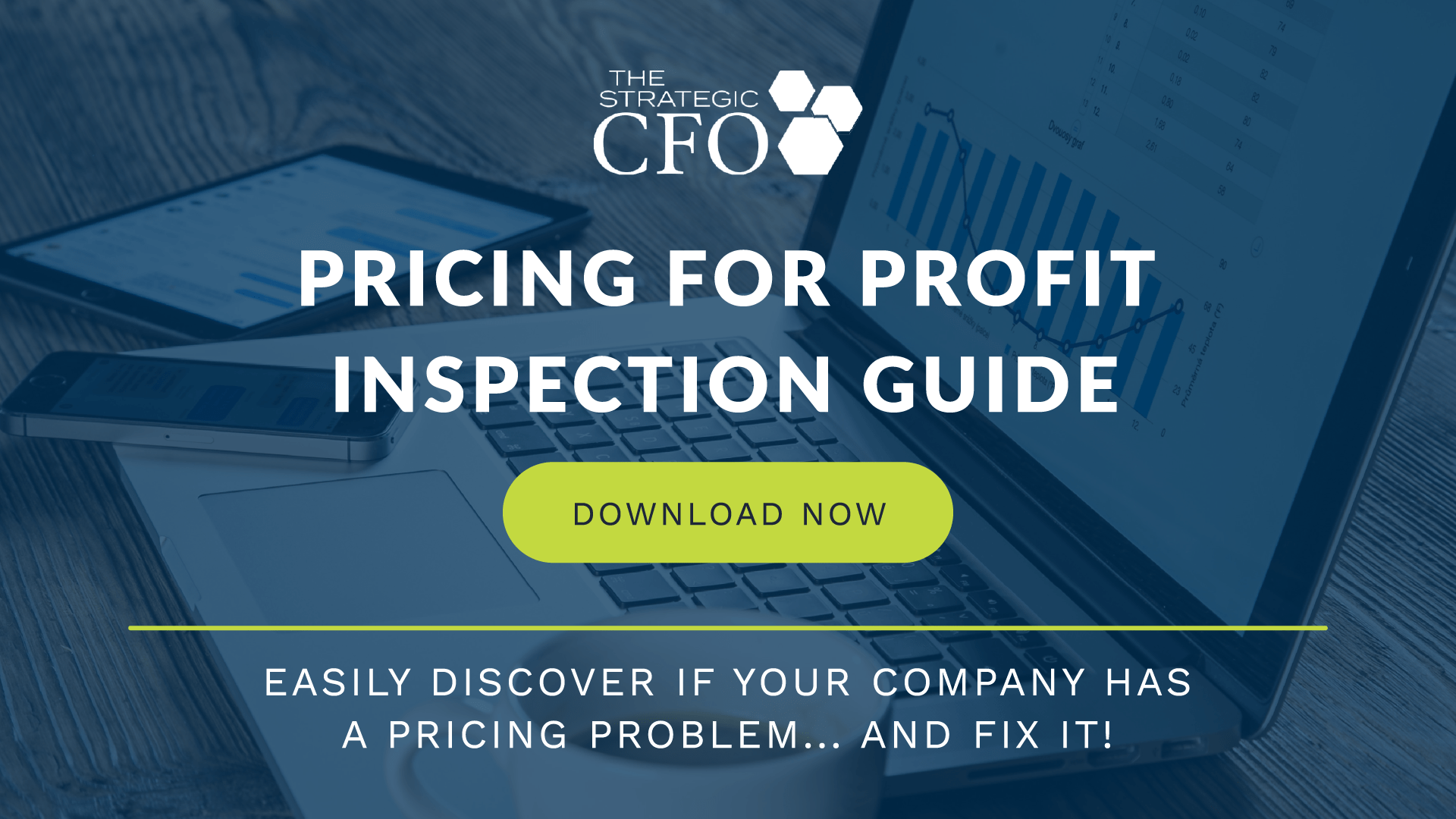See Also:
Cost of Capital
Cost of Capital Funding
Arbitrage Pricing Theory
APV Valuation
Capital Budgeting Methods
Discount Rates NPV
Required Rate of Return
Capital Asset Pricing Model (CAPM)
The Capital Asset Pricing Model (CAPM) is an equilibrium model that measures the relationship between risk and expected return of an asset based on the asset’s sensitivity to movements in the overall stock market.
CAPM is used to price the risk of an asset or a portfolio of assets. The model is based on the idea that there are two types of risk, systematic risk and idiosyncratic risk, and that the investor should be compensated for both types of risk, as well as, the time value of money. Systematic risk refers to market risk. Idiosyncratic risk refers to the risk of an individual asset. Time value of money refers to the difference between the present value of money and the future value of money. Also, use the model to measure the required rate of return for capital budgeting projects.
The CAPM states that an asset’s expected return equals the risk-free rate plus a risk premium. The risk-free rate refers to the return on an investment without risk, such as a US Treasury Bond, and represents the time value of money. The risk premium represents the incremental return for investing in a risky asset. In the CAPM, it is defined as the market premium, or the overall stock market return less the risk-free rate, multiplied by the beta of the asset. Beta is a factor that measures an asset’s sensitivity to movements in the overall stock market. According to the CAPM, riskier assets should yield higher returns.
The CAPM Formula
Expected Return = Risk-Free Rate + Beta (Market Return – Risk-Free Rate)
For example, if the risk free rate is 5%, the market return is 10%, and the stock’s beta is 2, then the expected return on the stock would be 15%.
15% = 5% + 2 (10% – 5%)
Problems with Capital Asset Pricing Model (CAPM)
The Capital Asset Pricing Model (CAPM) is based on assumptions. First, the model assumes that a riskier asset will yield a higher return. But this is not necessarily true. A risky asset could decline in value. Second, historical data determines beta. The model assumes this historical data an accurate predictor of future results. But the asset’s future volatility may not necessarily reflect its past volatility.
Download the free Pricing for Profit Inspection Guide to learn how to price profitably.

[box]Strategic CFO Lab Member Extra
Access your Strategic Pricing Model Execution Plan in SCFO Lab. The step-by-step plan to set your prices to maximize profits.
Click here to access your Execution Plan. Not a Lab Member?
Click here to learn more about SCFO Labs[/box]











